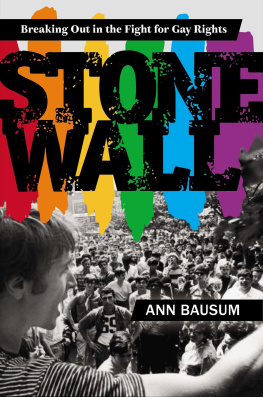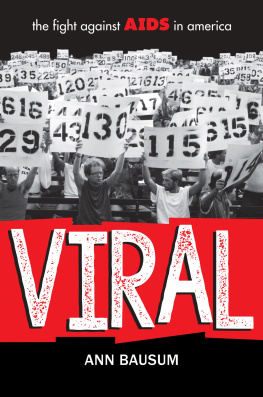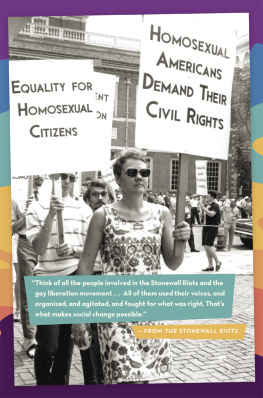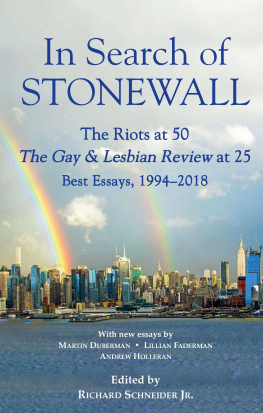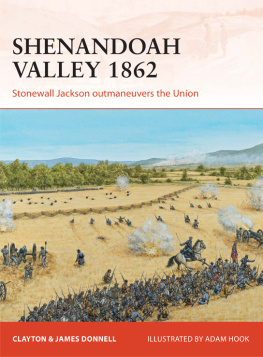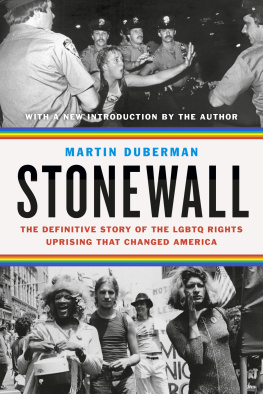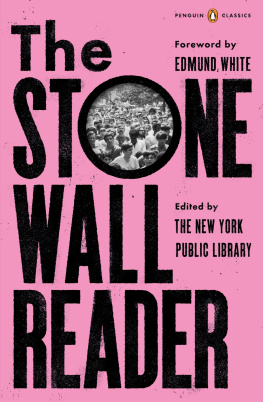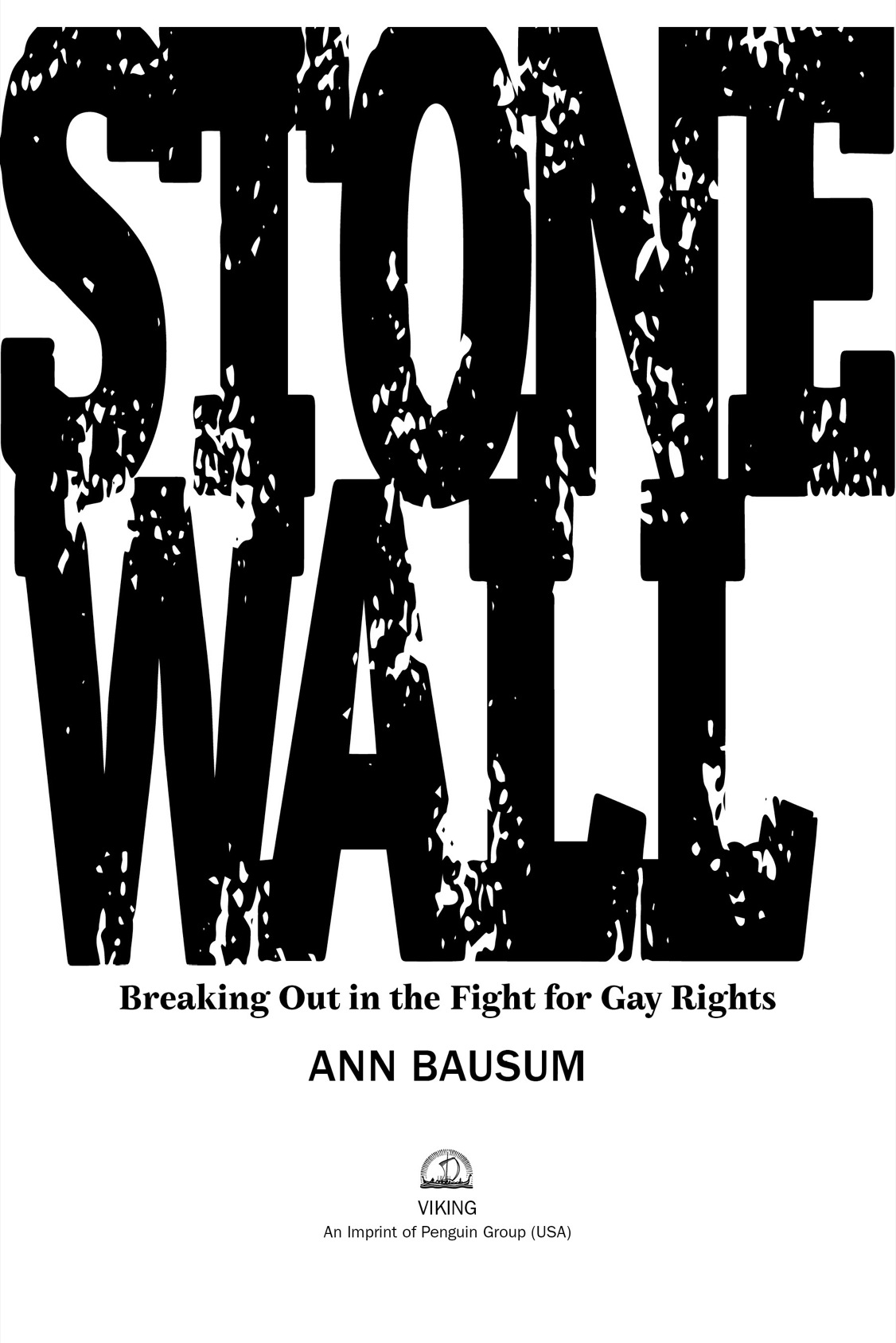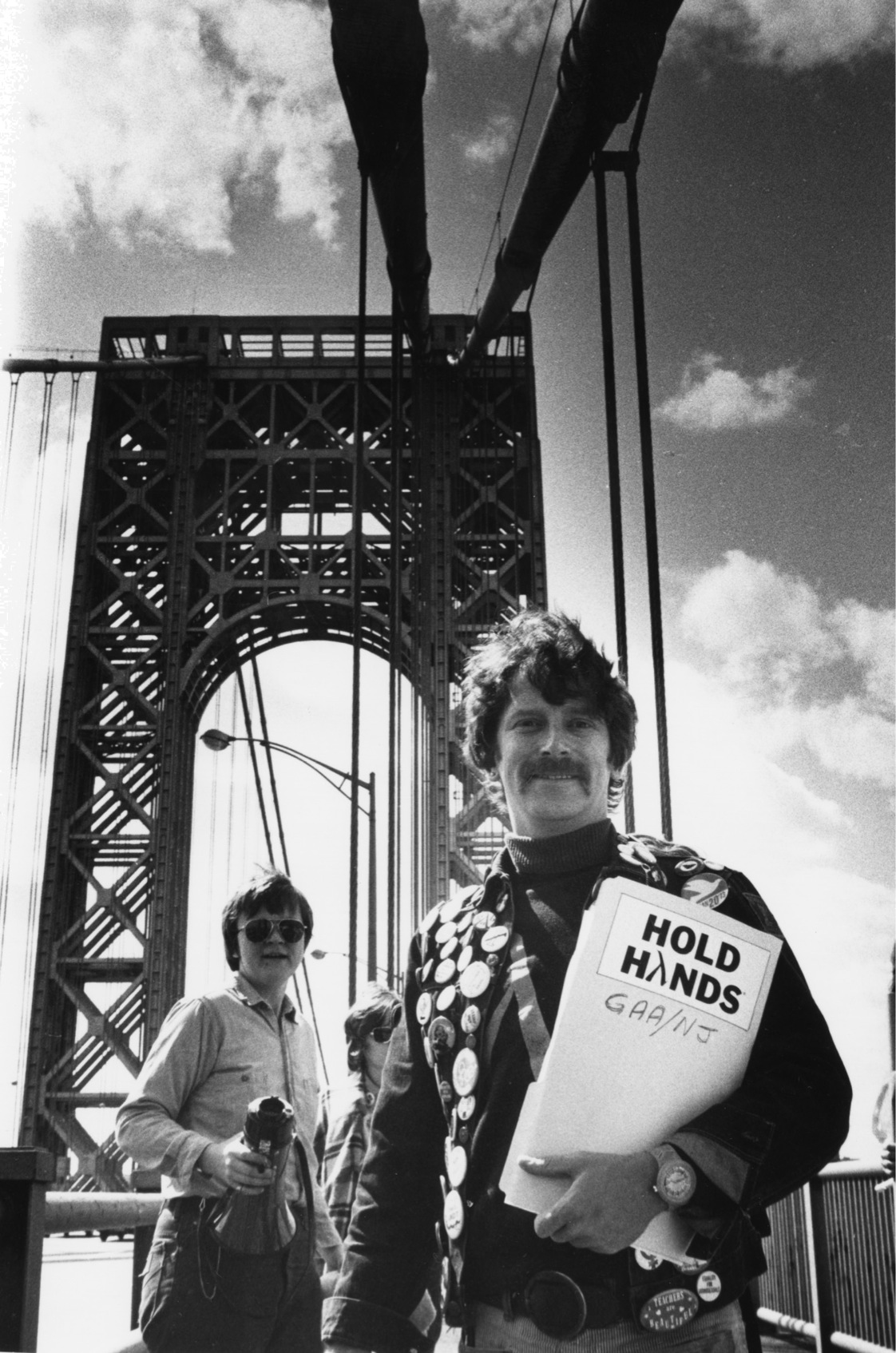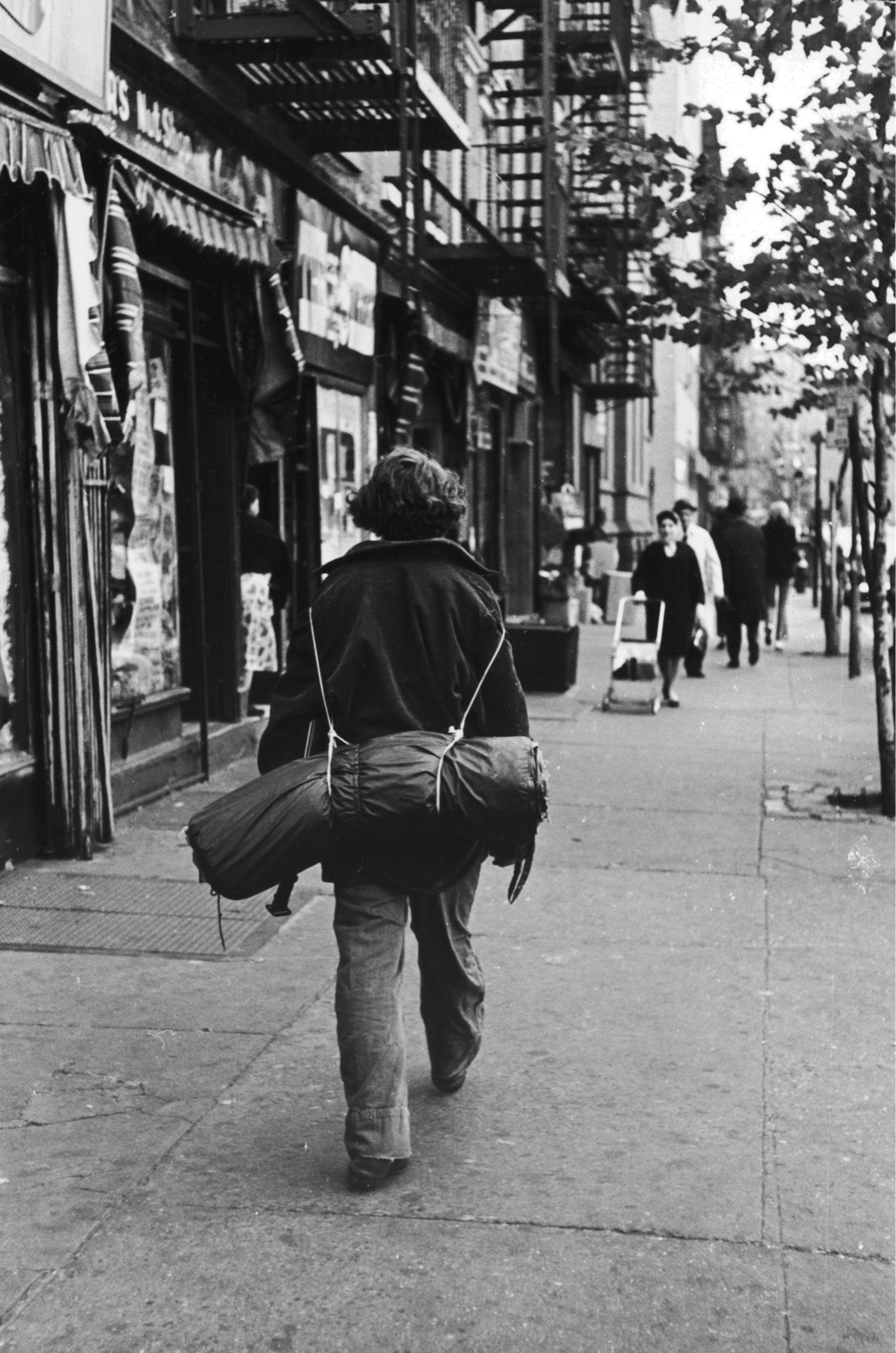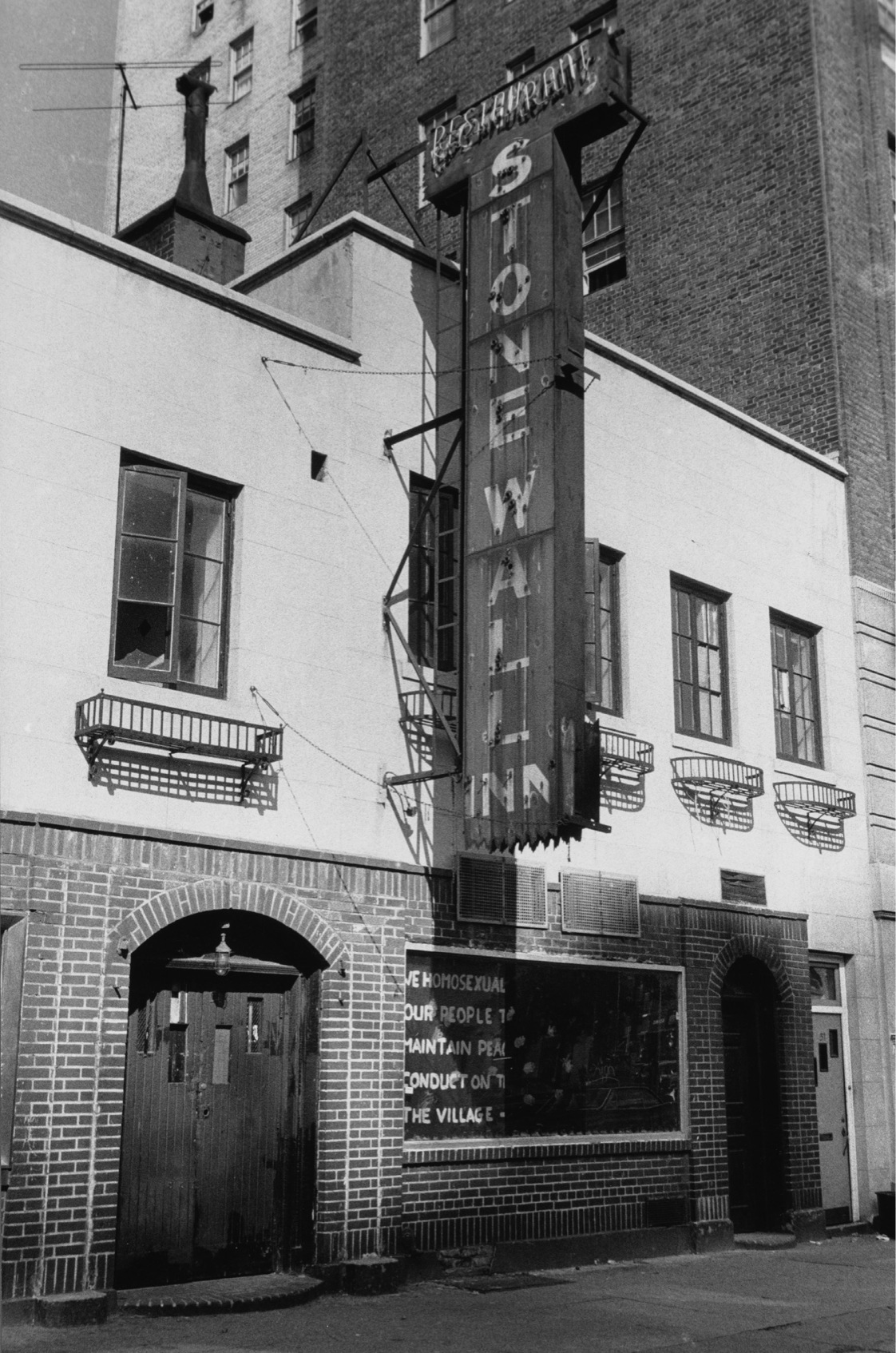VIKING
Published by the Penguin Group
Penguin Group (USA) LLC
375 Hudson Street
New York, New York 10014

USA * Canada * UK * Ireland * Australia
New Zealand * India * South Africa * China
penguin.com
A Penguin Random House Company
First published in the United States of America by Viking, an imprint of Penguin Young Readers Group, 2015
Copyright 2015 by Ann Bausum
Photo credits appear here.
Penguin supports copyright. Copyright fuels creativity, encourages diverse voices, promotes free speech, and creates a vibrant culture. Thank you for buying an authorized edition of this book and for complying with copyright laws by not reproducing, scanning, or distributing any part of it in any form without permission. You are supporting writers and allowing Penguin to continue to publish books for every reader.
LIBRARY OF CONGRESS CATALOGING-IN-PUBLICATION DATA IS AVAILABLE
ISBN: 978-0-698-14375-3
Version_1
Dedicated to Mike Bess

Written in memory of
Tyler Clementi (19912010)
and
Michael Riesenberg (19581993)
A PROLOGUE
Greenwich Village.
No, no, no. Not Green-witch. Drop the W. Drop an E.
Grenitch Village. Gren-itch. Got it?
Greenwich Village, 1969: Home to the homeless. Destination for dropouts. Refuge for the kicked out.
Meet at The Corner. Thats Greenwich Avenue and Sixth Avenue, opposite West Eighth Street. Everyone is there. To cruise. To chat. To find friends. Friends for life. Friends for a moment.
Walk up Sixth Avenue and you reach Fourteenth Street, the edge of the Village. Walk down Sixth, and youve left the Village when you cross Houston. (No. Not Houston like Houston, we have lift-off, not Houston like Houston, Texas. Its Houston as in How-ston. Got it?) Cross Houston and youre in SoHo. Go back.
Go back toward The Corner, head east on Eighth Street, turn right at Fifth Avenue, and youll find Washington Square Park. The heartbeat of the Village. Another hangout. Theres the fountain and the namesake arch: The event is in the hand of God. Open space. Green space. A space for hanging out.
Keep heading east and you stay in the Village. Thats the East Village over there.
But back at The Corner, youre in the West Village. The place to be.
Dont miss Christopher Street. Born at The Corner. Headed toward the Hudson River, the western boundary of Manhattan. Walk to the waters edge and youve reached the trucks. More later about the trucks.
But first, retrace your steps. Follow the narrow street back to the breathing spot of Seventh Avenue South. Lots of streets meet here. Lots of open space celebrates the junctures. Even a park. Christopher Park. Easy to remember. Christopher Street. Christopher Park.
That door where people pause, then enter? Yes. Thats important. Pay attention.
Thats the Stonewall.
The Stonewall Inn.
Pay attention.
History walks through that door.
CHAPTER 1
FLASH
POINT
The door of the Stonewall had wrought-iron bars across this little peephole, a little wooden thing that slid open. And the man inside would look at you and, if you looked like you belonged there, would let you in.
CHRIS BABICK,
describing the entrance to the Stonewall Inn
FOR STARTERS, THERE WAS A FULL MOON. AND IT WAS beastly hot. Plus it was Friday night in New York City. A party night. A night to hit the bars, dance, and hang out with friends, even if the friends were gay. Especially if the friends were gay.
In the summer of 1969, the Stonewall Inn served as a space for gays to meet, dance together, and express their physical attractions. It provided a showplace for cross-dressers to camp it up in their finery. It was a spot to hang out with other people who understood what it felt like to be gay on the cutting edge of changing times.
On the street gays kept alert, wary of police officers in uniform and mindful that the next attractive stranger posing as a homosexual might in fact be an imposter packing a police badge. Every state except Illinois carried sodomy laws that prohibited nonvaginal sexual intercourse, chiefly directed at gay men. People caught defying these lawsespecially in public but even at homecould expect to land in jail and receive verbal abuse, or worse, on the way.
In the workplace gays lived on edge, too. With the exception of a few careers, such as theater work, most gays had to mask their sexual identities or risk being fired. It was perfectly legal to dismiss someone from a job because of perceived sexual deviance, and then homosexuality topped the list of so-called abnormal behavior. Federal employees, including armed service members, faced automatic discharge if they failed to conceal their sexual orientations. Prospects for employment elsewhere, and even for finding housing, became grim. Why they dont just round us all up and kill us I dont know, lamented one discredited military veteran.
At home gays might not find much refuge, either. Most young gay men and lesbians felt compelled to live with the secret of being different. Perhaps they faced rejection, even being disowned, for admitting their attraction to same-sex partners. These youths often left home, either by choice or by order of disapproving parents, and they headed to urban centers in search of companionship and a hint of tolerance. Older gay men and lesbians might marry people of the opposite gender, either in an attempt to combat their same-sex urges or because they sought the legitimizing shelter of marriage, but peace of mind could rarely be found in such relationships.
Whether on the street, at work, or at home, gays confronted the reality that acting on their sexual orientations constituted illegal behavior. Any portrayal of homosexuality in the media tended to reinforce these negative stereotypes. After all, such actions ran counter to the teachings of organized religion. A homosexual life was a sinful life, many clergy members preached. Anyone living openly as a homosexual could expect eternal damnation in the afterlife and was unlikely to be welcomed to worship.
Meanwhile, the medical community condemned homosexuals as mentally ill. To overcome thoughts and behaviors judged to be deviant, doctors advised intensive talk therapy, even electroshock treatment. Some gay men were castrated against their will, a procedure that removed their testicles and deadened the sex drive. Others were lobotomized, a medical practice that destroyed the connections between the frontal lobes and the thalamus of the brain, deadening just about all aspects of behavior.
Gays who settled in such urban centers as New York City and San Francisco knew that the best place to find understanding and camaraderie was with other gays. In New York City, the southwestern neighborhood of Manhattan known as Greenwich Village served as a magnet for many gay men and lesbians. Its reputation pulled gay runaways and adults alike to a city where many found the closest thing that could pass for a safe community.

